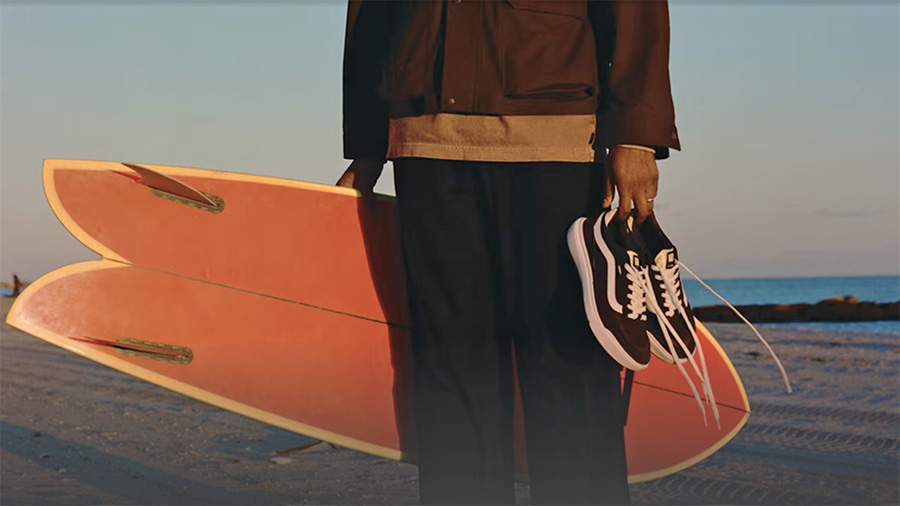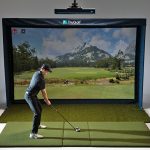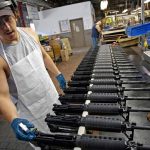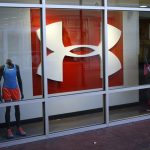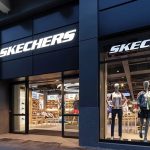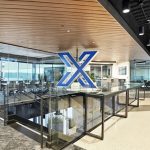Moody’s downgraded VF Corp. due to its need for significant continued operational initiatives to support the turnaround of its Vans business.
The ratings agency said, “While we view the transformation initiatives positively, the actions continue to be extensive and require a longer time frame than expected to return the Vans brand to profitable growth. Although its cost-saving initiatives have been successful and are well underway as inventories are realigned to support more full-price selling, the company credit metrics, albeit improved, remain weaker than anticipated, with debt/EBITDA of 5.1x and EBITA/interest of 2.1x as of March 2025. In addition, the difficult consumer spending environment and uncertain tariff environment present notable risks to realizing and sustaining the revenue and gross margin improvements required to improve credit metrics to levels that are reflective of a Ba2 rating.”
Moody’s corporate family rating (CFR) was reduced to Ba2 from Ba1 and its probability of default rating (PDR) to Ba2-PD from Ba1-PD. Additionally, Moody’s downgraded VF’s senior unsecured notes ratings to Ba2 from Ba1, senior unsecured shelf and senior unsecured MTN program ratings to (P)Ba2 from (P)Ba1, subordinate shelf rating to (P)Ba3 from (P)Ba2 and preferred shelf rating to (P)B1 from (P)Ba3. Moody’s also downgraded its speculative grade liquidity rating (SGL) to SGL-3 from SGL-2. The outlook was changed to negative from stable.
The downgrade to SGL-3 from SGL-2 reflects Moody’s expectation that liquidity will be adequate with approximately $300 million free cash flow in fiscal 2026 as cushion remains limited under its current bank covenant over the next 12-to-18 months.
Moody’s said in its analysis, “VF Corp.’s Ba2 CFR is supported by its position as one of the largest global apparel, footwear, and accessory companies, with revenue of about $9.5 billion for the twelve months ended March 2025. Although the company has multiple brands in its portfolio, its financial performance is weighted toward The North Face and Vans, the company’s two largest brands. VF Corp.’s ratings also reflect governance considerations, including its public commitment to a 2.5x leverage target (as defined by the company).
“We project debt/EBITDA, which is currently elevated, to decline to around 4.4x at the end of VF Corp.’s fiscal 2026. However, we expect EBITA/interest coverage will remain depressed at 2.5x. The company has reduced costs by over $300 million, with a significant portion to be reinvested as several organizational changes have supported streamlining processes.”
Liquidity is adequate as VF Corp. is expected to remain in compliance with the maintenance covenant in its revolver credit facility, despite limited cushion, as free cash flow and revolver borrowings will be used to repay its upcoming $540 million March 2026 debt maturity.
“The negative outlook is supported by our view that although operating trends should improve in the second half of fiscal 2026 as full-price selling increases and top line trends at Vans stabilize, the challenging consumer environment and higher costs from tariffs remain significant risks to its execution. The outlook also reflects its limited cushion under its existing covenant associated with its unsecured revolver.”
VF’s brands include Vans, The North Face, Timberland, Dickies, Altra, Eastpak, icebreaker, JanSport, Kipling, Napapijri, and Smartwool.
Image courtesy Vans

